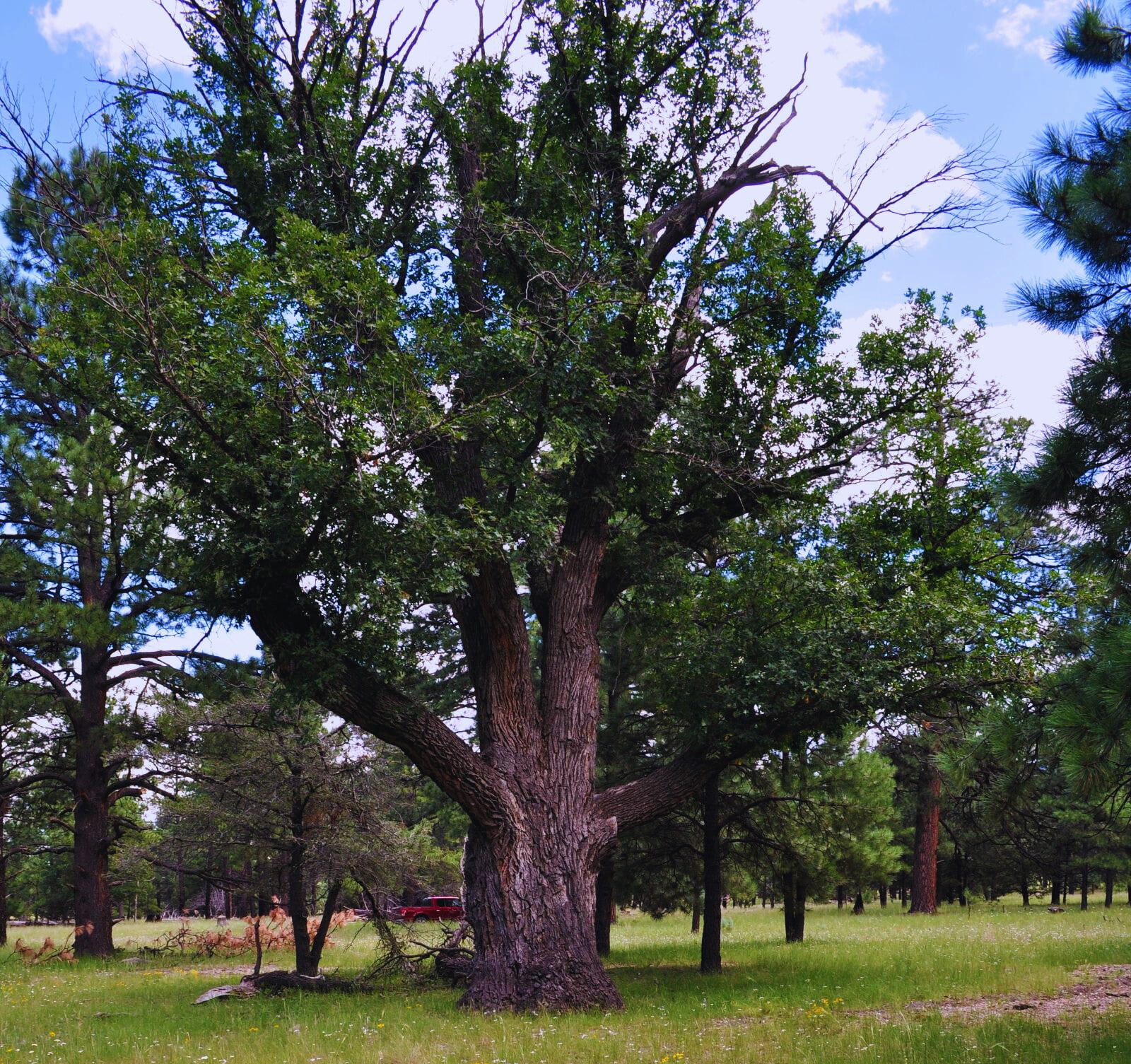
Quercus Gambelii and Planting: A Comprehensive Guide
Introduction
Quercus Gambelii, commonly known as Gambel Oak, is a remarkable tree species native to the western United States. This article will delve into the world of Quercus Gambelii, exploring its characteristics, benefits, and the essential steps for planting and nurturing these majestic trees. Whether you’re a nature enthusiast, a landscaper, or simply someone interested in adding a touch of natural beauty to your surroundings, this guide will equip you with the knowledge you need to successfully cultivate Quercus Gambelii.
Understanding Quercus Gambelii
What is Quercus Gambelii?
Quercus Gambelii, or Gambel Oak, is a deciduous oak tree renowned for its adaptability and resilience. It’s named after American naturalist William Gambel, who discovered it in the 19th century.
Characteristics of Gambel Oak
Gambel Oak boasts several unique characteristics that make it a desirable addition to any landscape:
- Leaves: The leaves of Quercus Gambelii are distinctive, with lobed margins and a glossy, dark green color. These leaves create a stunning contrast against the bright blue skies of the western United States.
- Size: These trees typically reach a height of 15 to 30 feet, making them suitable for various landscaping purposes. Their moderate size allows them to fit well in both residential and natural settings.
- Bark: The bark is gray and often deeply furrowed, providing an aesthetically pleasing texture to the tree’s trunk.
- Acorns: Gambel Oaks produce acorns, which serve as a vital food source for local wildlife, contributing to the biodiversity of your environment.
Benefits of Planting Quercus Gambelii
Environmental Benefits
Planting Quercus Gambelii offers numerous environmental advantages, making it a responsible choice for conscientious landowners:
- Wildlife Habitat: Gambel Oak creates a natural habitat for birds and small mammals. The presence of these trees can attract various species, enhancing the overall ecosystem.
- Soil Erosion Control: The robust root system of these trees helps prevent soil erosion. This is particularly valuable in areas prone to erosion, as Gambel Oak can stabilize the soil effectively.
- Carbon Sequestration: Quercus Gambelii plays a role in reducing atmospheric carbon dioxide levels, aiding in the fight against climate change. These trees are valuable contributors to environmental sustainability.
Aesthetic Appeal
Beyond their ecological benefits, Gambel Oaks offer aesthetic advantages as well:
- Fall Foliage: During the autumn months, the leaves of Gambel Oak turn vibrant shades of red and orange, adding visual appeal to any landscape. This stunning display of colors makes these trees a favorite for those seeking a touch of seasonal beauty.
- Shade Provider: These trees offer excellent shade, making them a desirable addition to parks and residential areas. Enjoy picnics and outdoor gatherings under the cooling canopy of Quercus Gambelii.
Planting Quercus Gambelii: Step by Step
Selecting a Suitable Location
Before planting Gambel Oak, consider the following factors to ensure its successful growth:
- Sunlight: These trees thrive in full sun to partial shade. Ensure they receive an adequate amount of sunlight throughout the day.
- Soil Type: Well-drained soil is essential for their growth. Make sure the soil provides good drainage to prevent waterlogged roots.
- Space: Ensure sufficient space for the tree to reach its mature size. Overcrowding can hinder its growth and overall health.
Planting Process
- Dig a Hole: Dig a hole twice the width of the root ball and just as deep. This provides ample space for the roots to establish themselves.
- Remove Packaging: Carefully remove the tree from its container, gently loosening the roots to encourage outward growth.
- Placement: Position the tree in the center of the hole, ensuring it sits at the same depth as it did in the container. The tree should be upright and not slanted.
- Backfill: Fill the hole with soil, packing it gently to eliminate air pockets, and water thoroughly to settle the soil.
- Mulch: Apply a layer of mulch around the base of the tree to retain moisture and suppress weeds. Maintain a mulch-free zone around the trunk to prevent rot.
Care and Maintenance
- Watering: Water the newly planted Gambel Oak regularly, especially during the first year after planting. Keep the soil consistently moist but not waterlogged.
- Pruning: Prune to shape the tree and remove dead or diseased branches. Pruning is best done during the dormant season.
- Fertilization: Apply a balanced fertilizer in the spring to promote healthy growth. Follow recommended guidelines for fertilization to avoid overfeeding.
Conclusion
Quercus Gambelii, or Gambel Oak, is a valuable addition to any landscape, providing numerous benefits to both the environment and aesthetics. By following the steps outlined in this guide, you can successfully plant and nurture these remarkable trees, contributing to the beauty and sustainability of your surroundings.
FAQs
- Are Gambel Oaks suitable for urban environments?
- Yes, they are adaptable to urban settings, provided they receive proper care and space. Their ability to thrive in various conditions makes them a versatile choice for both city and rural landscapes.
- What wildlife is attracted to Gambel Oaks?
- Birds, squirrels, and deer are among the animals that feed on Gambel Oak acorns. These trees serve as a valuable food source, supporting local wildlife populations.
- Can I plant Gambel Oaks in a small garden?
- It’s possible to plant Gambel Oaks in a small garden, but it’s essential to consider their mature size and growth requirements. Ensure you have adequate space for the tree to reach its full potential without overcrowding other plants.
- Do Gambel Oaks require a lot of maintenance?
- While Gambel Oaks are generally low-maintenance, they do require regular care, including watering and occasional pruning. However, compared to some other tree species, their maintenance needs are relatively modest.
- When is the best time to plant Quercus Gambelii?
- Early spring or late fall is the ideal time for planting Quercus Gambelii. During these seasons, the tree has the opportunity to establish its roots before facing extreme temperatures, ensuring a healthier and more robust growth trajectory.